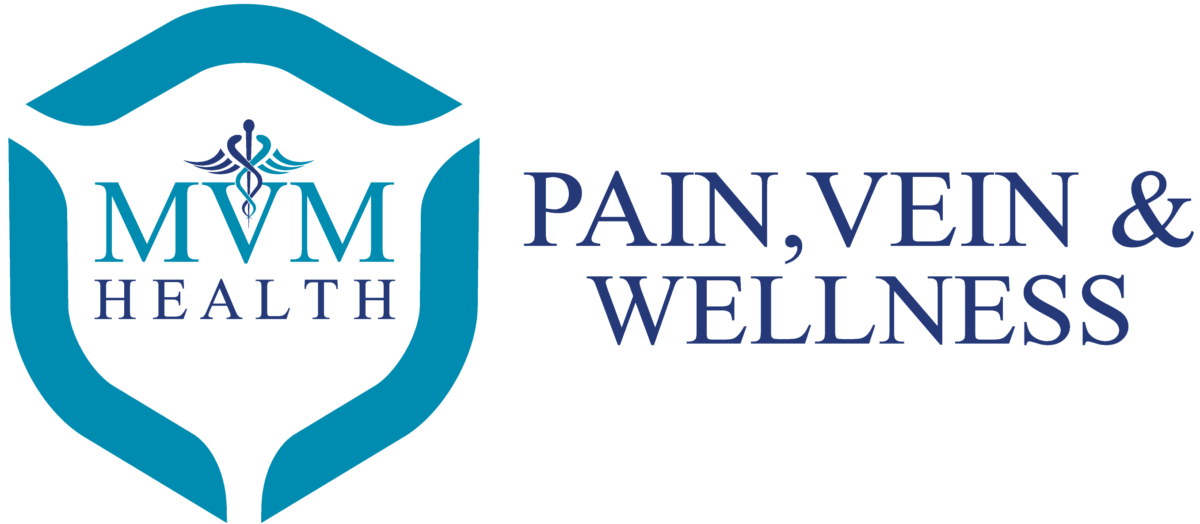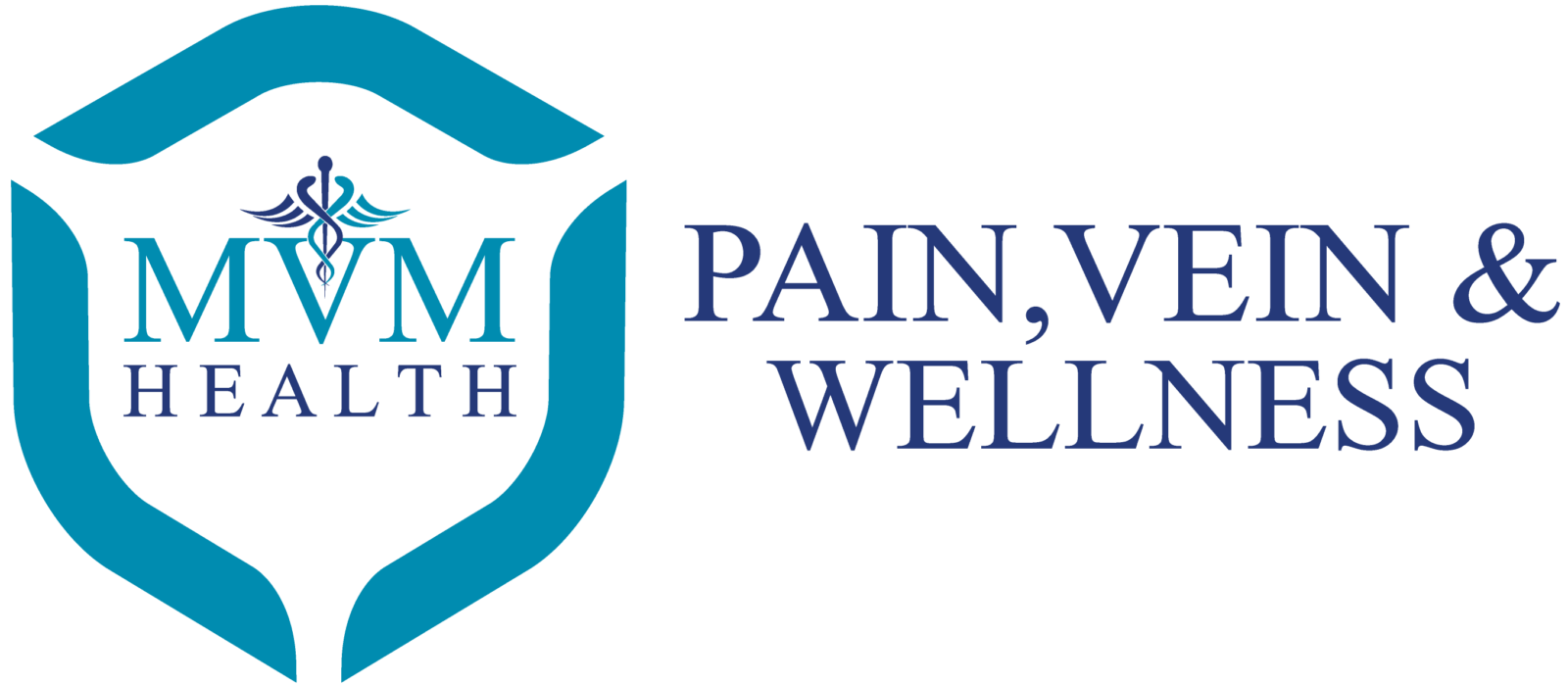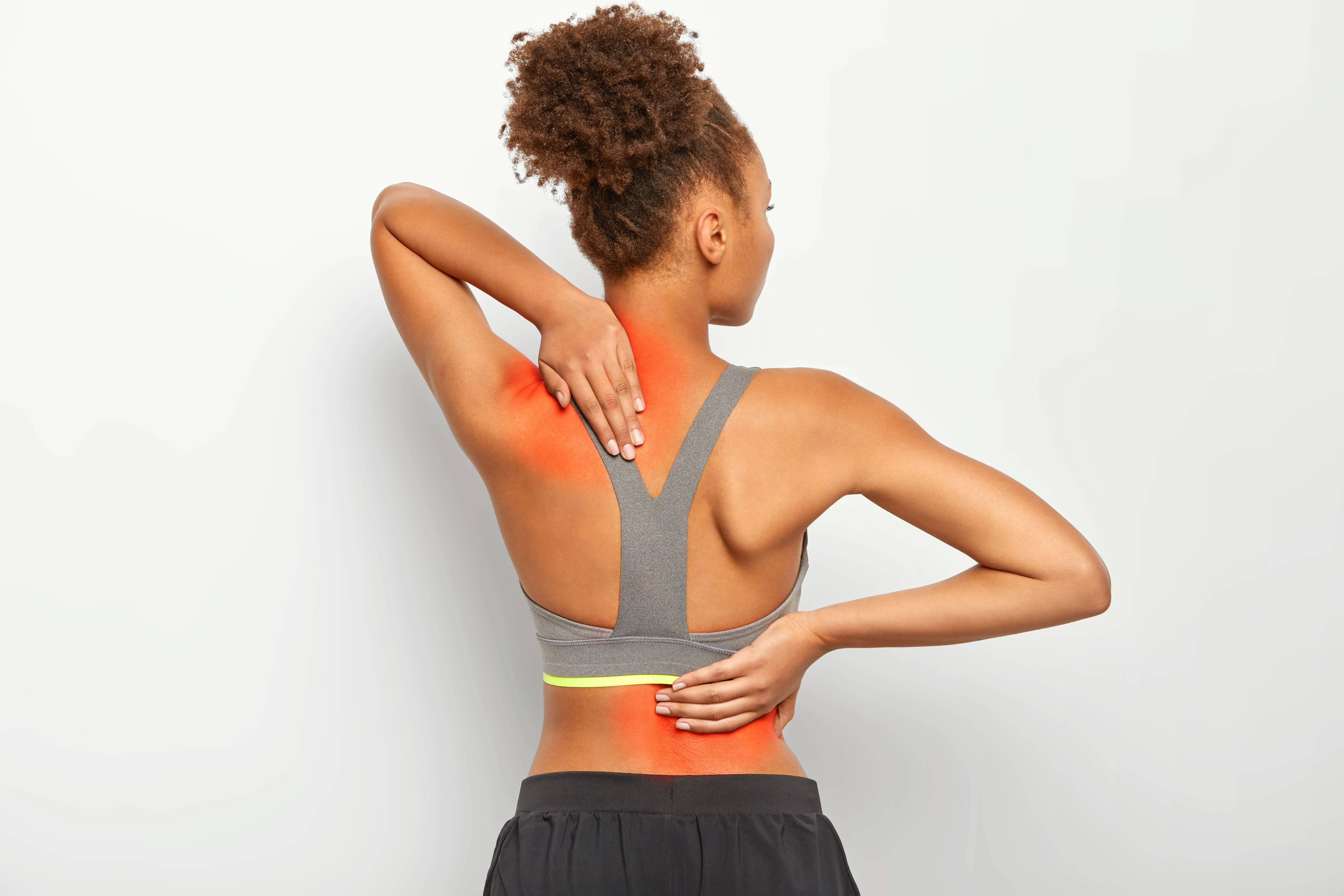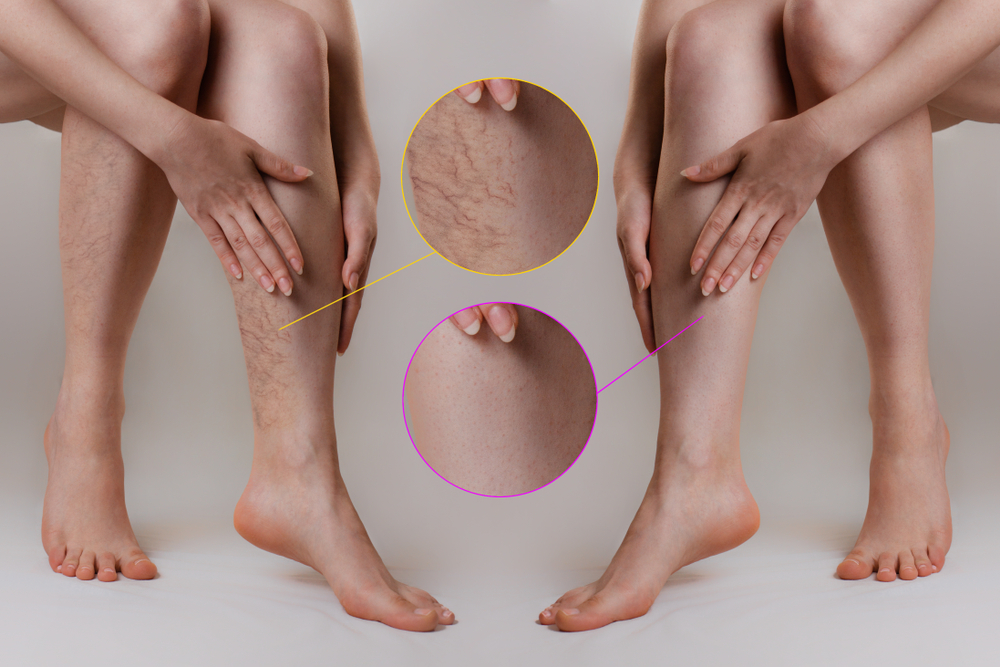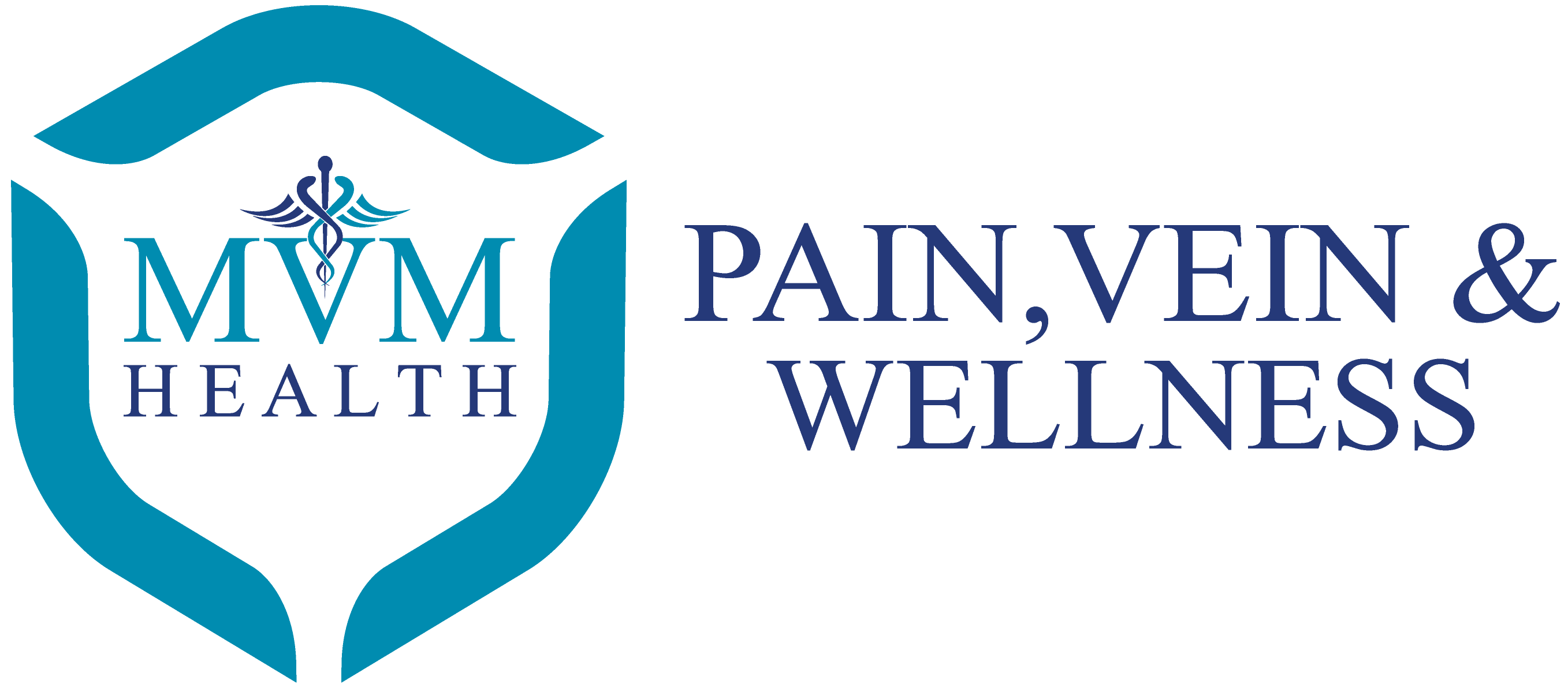Understanding the Thoracic Spine
In today’s fast-paced world, it’s not uncommon for people to experience discomfort or pain around the ribs and back. This pain can be debilitating and have a significant impact on one’s quality of life. To address this issue, it’s crucial to understand the thoracic spine, its anatomy, and the potential causes of pain in this area.
Table of Contents
Introduction
Pain around the ribs and back can be an agonizing experience, affecting your ability to perform daily activities. To effectively manage and alleviate this pain, it’s crucial to gain a deeper understanding of the thoracic spine and its associated symptoms and causes.
The Thoracic Spine: An Overview
What Is the Thoracic Spine?
The thoracic spine, often referred to as the upper or mid-back, is a vital component of the human vertebral column. It consists of twelve vertebrae (T1 to T12) that are attached to the rib cage, forming a protective barrier around vital organs such as the heart and lungs. Unlike the lumbar spine, the thoracic spine is relatively stable due to its connection to the ribcage, which limits its range of motion.
Common Causes of Rib and Back Pain
Muscular Strain
Muscular strain is a common cause of rib and back pain. This typically occurs due to overexertion, poor lifting techniques, or sudden movements that strain the muscles supporting the thoracic spine.
Intercostal Neuralgia
Intercostal neuralgia is characterized by the compression or irritation of the nerves that run between the ribs. This condition can lead to sharp, shooting pain in the ribcage area.
Rib Fractures
Fractured ribs, often a result of trauma or injury, can cause excruciating pain around the ribcage and back.
Herniated Discs
Herniated discs in the thoracic spine can put pressure on the surrounding nerves, leading to radiating pain and discomfort.
Osteoarthritis
Osteoarthritis can affect the joints of the thoracic spine, causing stiffness and pain in the mid-back region.
Symptoms of Rib and Back Pain
Dull Ache or Sharp Pain
Patients often describe rib and back pain as a persistent, dull ache or a sharp, stabbing pain. The intensity and duration of the pain can vary from person to person.
Difficulty Breathing
In some cases, rib and back pain may be accompanied by difficulty breathing, especially if the pain is related to rib fractures or intercostal neuralgia.
Numbness or Tingling
Numbness or tingling sensations in the chest or back area can be indicative of nerve compression, such as in the case of herniated discs.
Diagnosing the Source of Pain
To effectively treat rib and back pain, it’s essential to pinpoint its source through a thorough diagnosis.
Physical Examination
During a physical examination, a healthcare provider may assess your range of motion, check for tenderness, and evaluate your posture to identify potential causes of pain.
Imaging Tests
Imaging tests like X-rays, CT scans, or MRIs may be ordered to get a closer look at the spine’s structure and any potential abnormalities.
Nerve Conduction Studies
Nerve conduction studies can help diagnose conditions involving nerve compression or damage, providing valuable insights into the cause of pain.
Treatment Options
Rest and Physical Therapy
In many cases, rest and physical therapy can help alleviate rib and back pain, especially if it is related to muscular strain or osteoarthritis.
Medications
Pain relievers, anti-inflammatories, and muscle relaxants may be prescribed to manage the pain and discomfort associated with rib and back issues.
Injections
In some instances, corticosteroid injections may be administered directly into the affected area to reduce inflammation and relieve pain.
Surgery (in severe cases)
Surgery is typically reserved for severe cases of rib and back pain, such as herniated discs or spinal fractures, when conservative treatments have failed.
Preventing Rib and Back Pain
Maintaining good posture, practicing proper lifting techniques, and engaging in regular exercise to strengthen the back muscles can help prevent rib and back pain.
The Importance of Good Posture
One of the key factors in preventing rib and back pain is maintaining good posture. Slouching or poor posture can put extra strain on the thoracic spine and surrounding muscles, increasing the risk of pain and discomfort.
Conclusion
Pain around the ribs and back can have a significant impact on your daily life, but understanding the thoracic spine and its potential causes is the first step toward effective management and relief. By adopting preventive measures and seeking appropriate treatment, you can regain your comfort and mobility.
FAQs
1. What is the thoracic spine?
The thoracic spine, also known as the upper or mid-back, is a section of the vertebral column consisting of twelve vertebrae attached to the ribcage, protecting vital organs like the heart and lungs.
2. How does poor posture contribute to rib and back pain?
Poor posture places extra strain on the thoracic spine and surrounding muscles, increasing the likelihood of rib and back pain.
3. Are there any natural remedies for rib and back pain?
Natural remedies like heat therapy, stretching exercises, and maintaining a healthy lifestyle can complement medical treatments for rib and back pain.
4. When should I see a doctor for rib and back pain?
If rib and back pain persist or worsen, it is advisable to consult a healthcare professional for a proper diagnosis and treatment plan.
5. Can rib and back pain be a sign of a more serious condition?
Yes, in some cases, rib and back pain may be indicative of underlying health issues. It is essential to seek medical attention to rule out any serious conditions.
